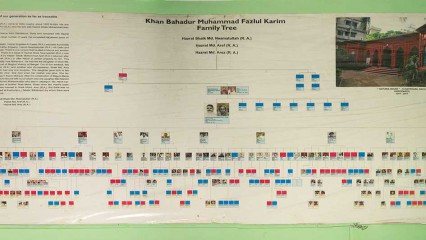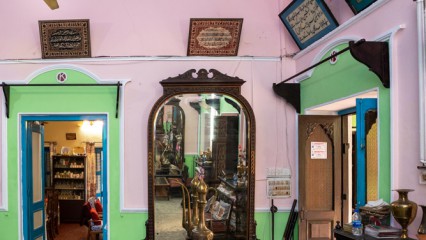[email protected]
Dhaka, Bangladesh
_small.jpg)
This house was completed in 1952 and initially rented as a one-unit home. It was used as a Guest House for USAID (U.S. Agency for International Development), an arm of the US Embassy, personnel and their guests for five years. There was only one major renovation made in 1958 when it was converted from a single dwelling to a two-unit residence. An addition was built in the north end of the building to add dining spaces on both levels and a kitchen on the 1st floor. The lower level was rented out until 1963. Since then, it has been occupied by Mr. Kabir’s family members only.
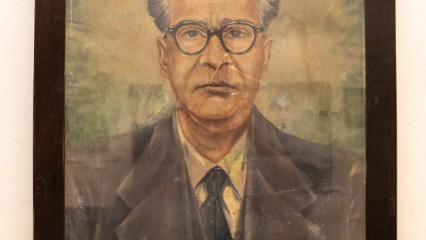
Syed Gholam Kabir was born in Bamundi village, Burdwan district, West Bengal around 1900. He joined the Bengal Civil Service in 1925 after graduating from Presidency College in Calcutta. After partition he opted for Pakistan and continued to serve in the Pakistan Civil Service. Syed Gholam Kabir was married to Sara Begum and together they had five children.

An American friend of the owner’s family once described the architecture style of the house as Art Deco homes of the 1940s and 1950s and indeed the style is very recognizable and distinctive among the houses built in Dhaka at the time and during the 1960s. However, since the house was designed by Syed Gholam Kabir in collaboration with civil engineers, it makes one curious as to how those stylistic influences were adapted in the design of the house.
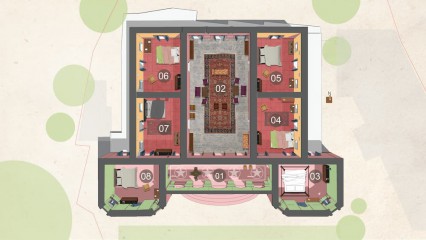
The house was built with a big hall room for gathering and six rooms for the owner’s six sons. Over time, the hall room has turned into a spiritual space and currently two families live on two sides of the house. There are separate bedrooms and living rooms on both sides. The room of the original owner has been kept intact with all his belongings.
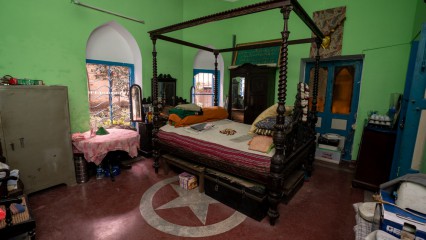
The room where the original owner Khan Bahadur Muhammad Fazlul Karim stayed has been kept intact with all his furniture, which includes a 100-year old bed, a dressing table, an easy chair, and many other documents and objects. The preservation of the room depicts the immense connection with the past and respect for the resident's own heritage evident in the care and maintenance of the house.
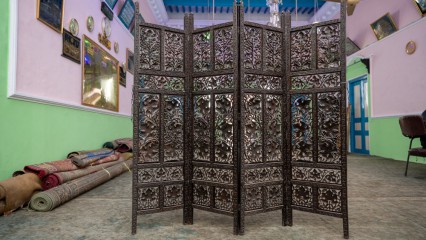
More than 100 years old, the walnut wooden screen is kept intact till date. The screen was used in front of the interior doors during the spiritual gatherings to keep the women at a distance from the crowd. The current ‘muttawali’ Shiblee Karim has even made a replica to preserve the original design as that might decay with time. But even with modern tools and techniques, masons could not build a proper replica with the intricate design of the older one.

